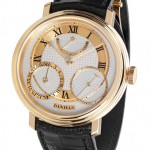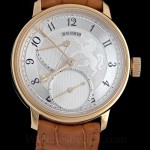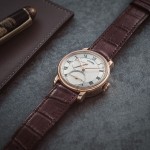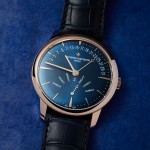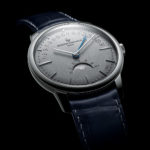Based in the Isle of Man, English watchmaker Roger W. Smith is best known as the protege of the late George Daniels, inventor of the Co-Axial escapement now used by Omega. Up till now, Roger W. Smith’s offering of serially produced timepieces comprised of just a single model, the Series 2. That has now grown to four watches, starting with the time-only Series 1, a redesigned Series 2, the Series 3 with date function, and the instantaneous triple calendar Series 4.
A new movement and improved escapement
Though different in terms of the complications, each of the new watches is equipped with the same base calibre featuring a refined Co-Axial escapement that’s more efficient and compact. First seen in the GREAT Britain wristwatch made for the campaign to promote the United Kingdom, the new escapement necessitated developing a new movement as it could not be retrofitted due to its smaller size.
Alongside the new movement, the latest watches also have a slightly redesigned case, though the characteristic Roger W. Smith aesthetic inherited from George Daniels remains the same. Despite the mechanical and design changes, the quality has not changed – the whole watch is made of traditional materials like gold, brass, steel and sterling silver that last practically forever. The dials, for instance, are made from sterling silver and gold, with blued steel hands.
The return of the Series 1 and 2
The Series 1 and 2 are not entirely new models: made from 2001 to 2004, the Series 1 was Roger W. Smith’s first serially produced timepiece. It was rectangular with a retrograde date function; at the end of its production it was succeeded by the more conventionally shaped Series 2.
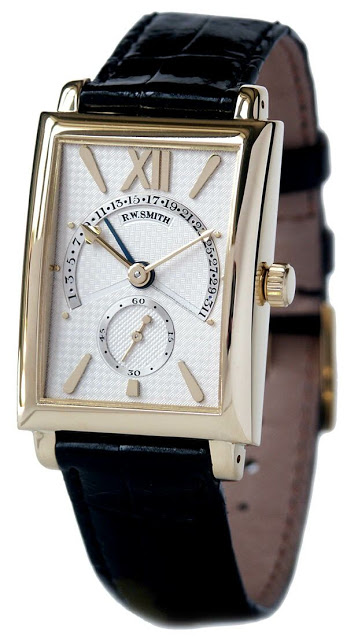 |
| The original Series 1 |
Now the new Series 1 is the simplest timepiece in the collection, an entry-level watch so to speak. Featuring three hands for the hours, minutes and seconds, the Series 1 has a 40mm case.
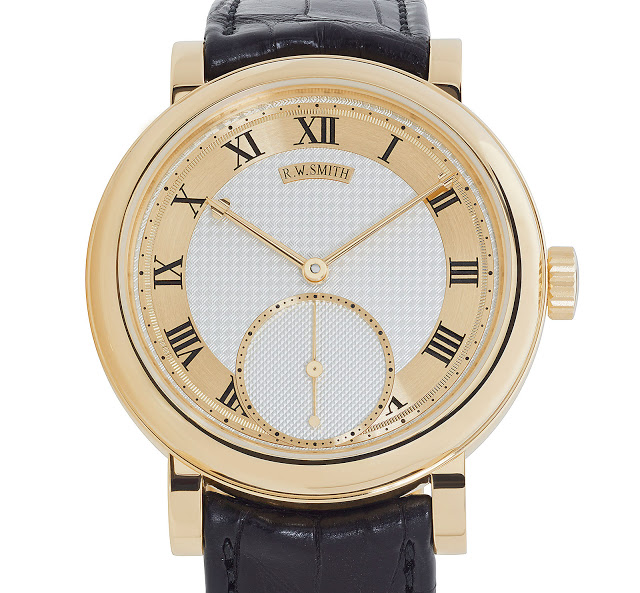
With the addition of a power reserve indicator, the new Series 2 is slightly more complicated. It is also 40mm in diameter, and looks largely identical to the first generation Series 2.
.jpg)
Series 3 retrograde date The retrograde date indicator found on the first generation, rectangular Series 1 has made a comeback with the new Series 3. This has a fan-shaped date indicator at 12 o’clock and is also 40mm.
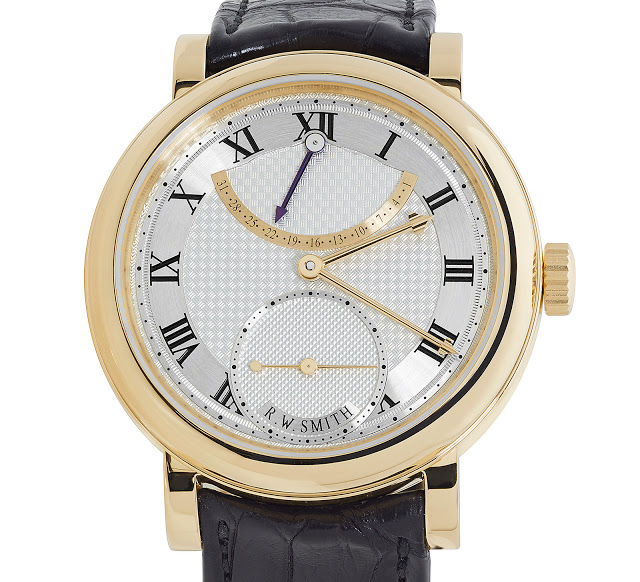
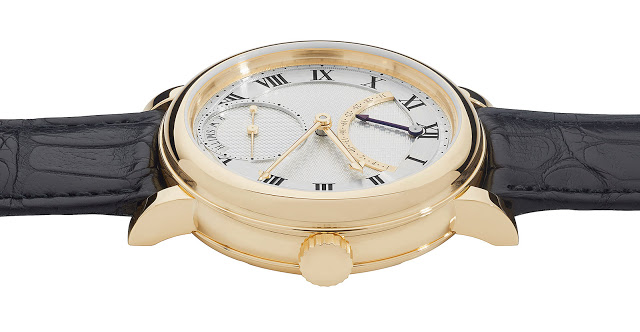
Series 4 triple calendar
The most complicated watch in the new line-up is the Series 4 that shows the day, date, month and moon phase. Slightly larger at 41mm, the Series 4 has the traditional layout of a triple calendar, with two windows for the day and month along with the moon phase at six o’clock. Unlike most calendar watches with calendar discs that creep over to the next day, this has an instantaneous calendar, meaning all the indicators change crisply at midnight.
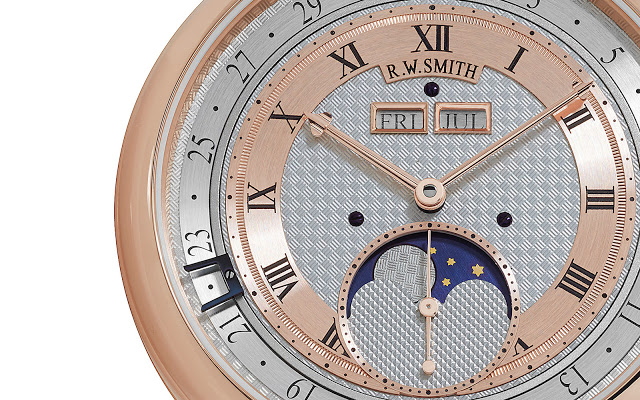
Also unusual is the date indicator: instead of a conventional arrow-tipped hand for the date, the Series 4 uses a “travelling date aperture”, essentially two prongs, to indicate the date. Done this way for better legibility, the pronged date pointer means the dial is split into two parts, an outer chapter ring with the date, and the inner portion with everything else. In-between is the track that the date aperture travels on.
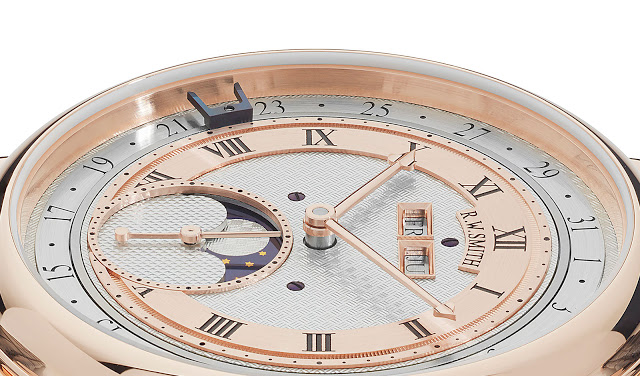
Pricing
The Series 1 starts at about £95,000 in gold (about US$145,000), while the Series 4 starts is in excess of £250,000 (about US$381,000). They are available from www.rwsmithwatches.com.
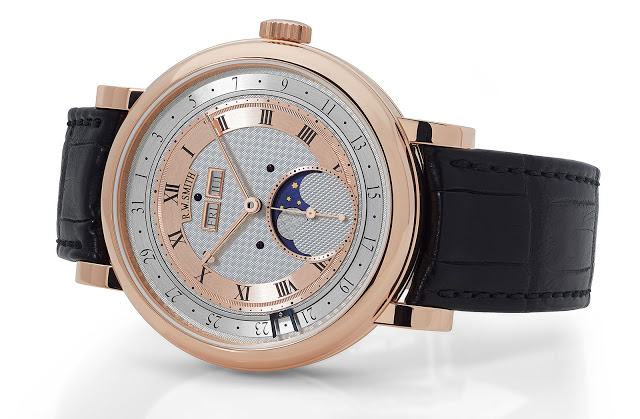
Update November 16, 2015: Included the fact that the Series 4 calendar is instantaneous.
Back to top.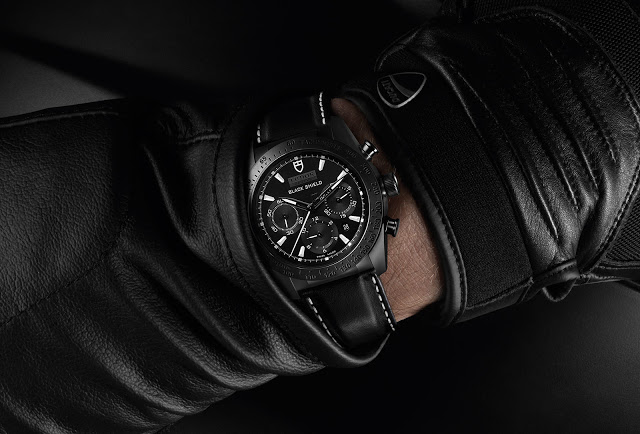
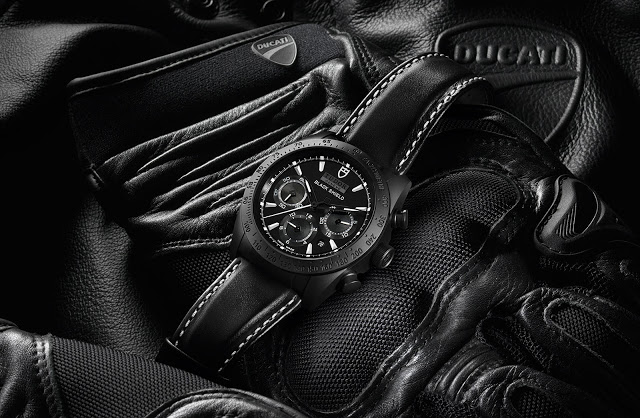
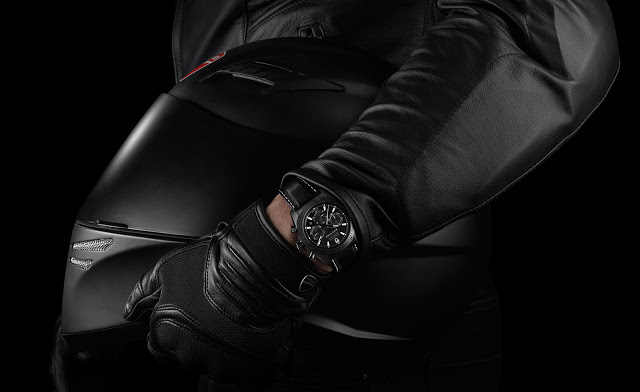
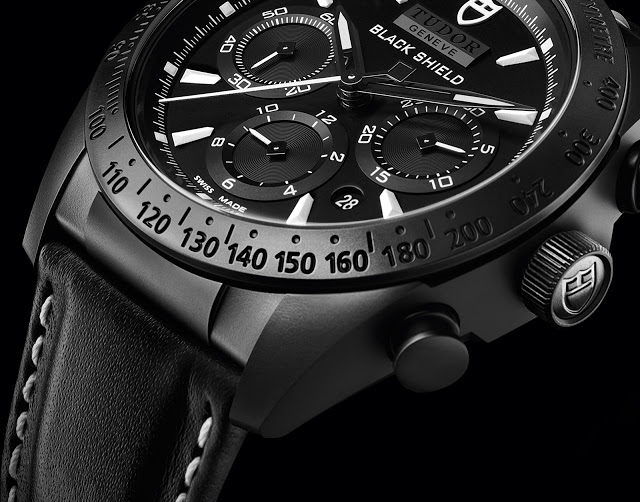
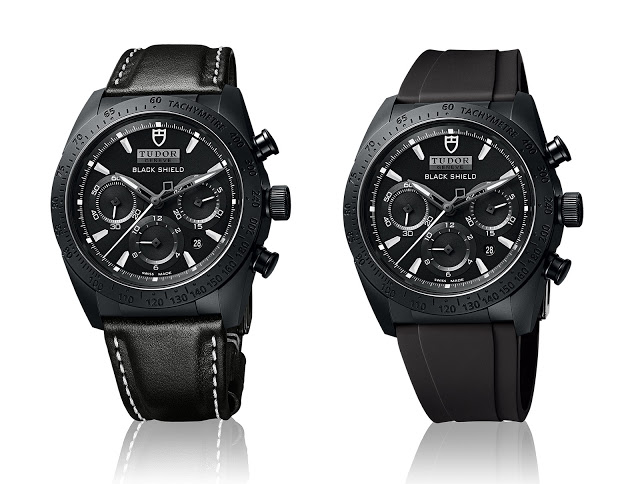


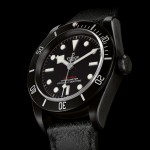
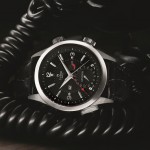
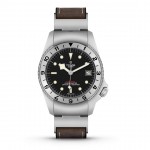
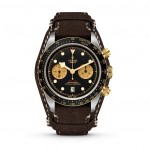
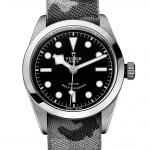
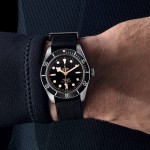
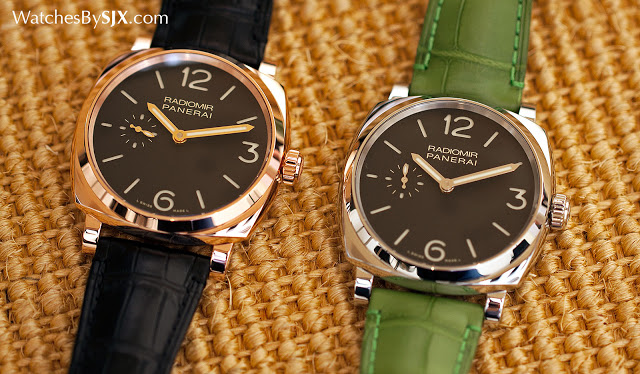

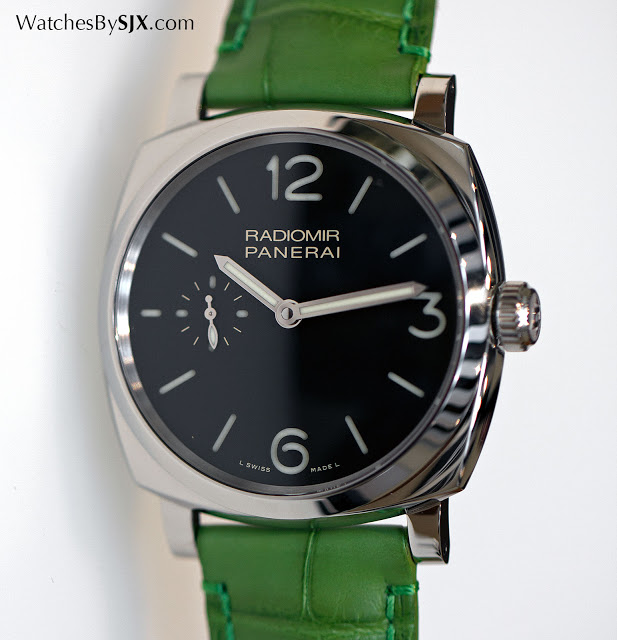
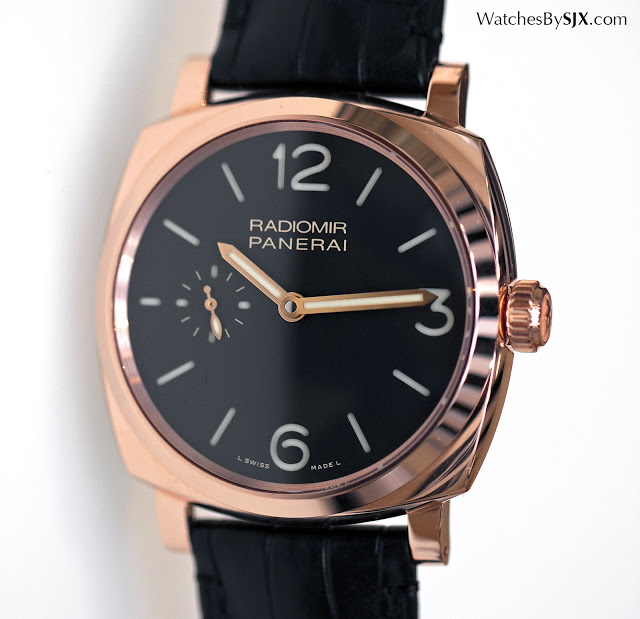
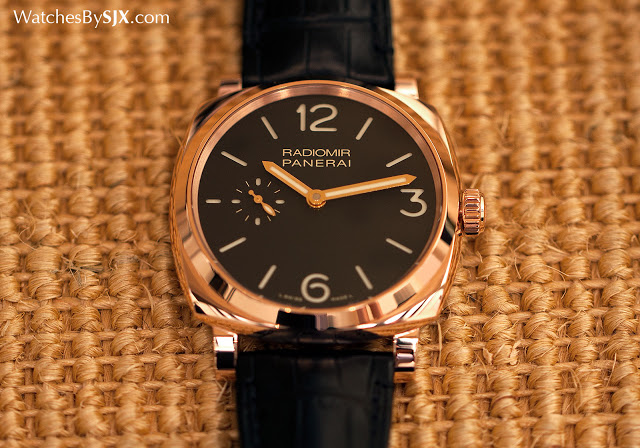
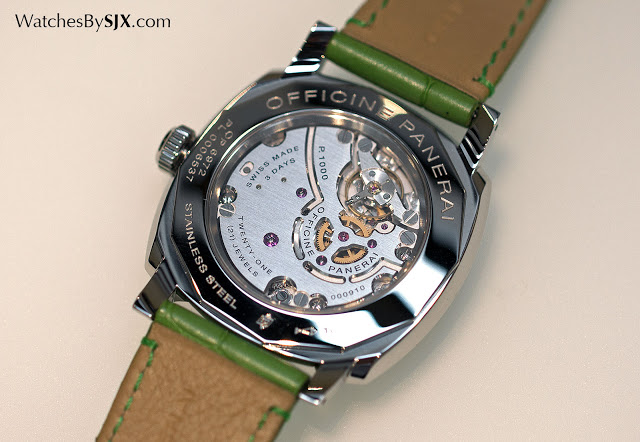
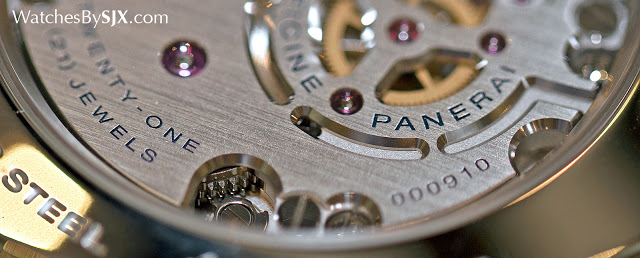
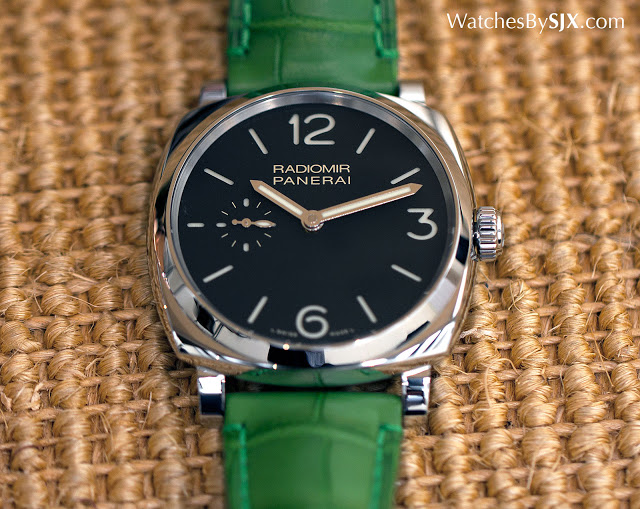
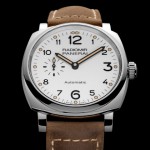
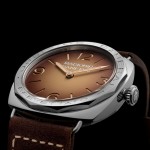
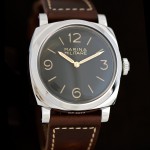
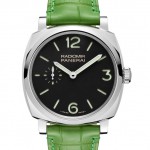
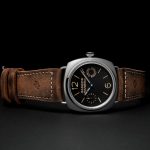
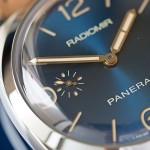
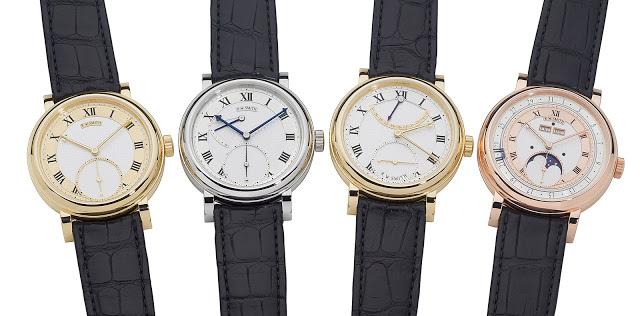


.jpg)






